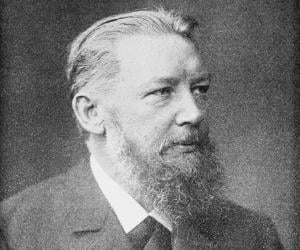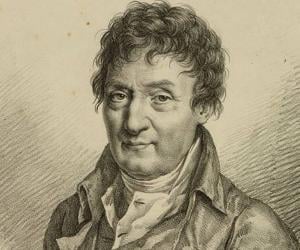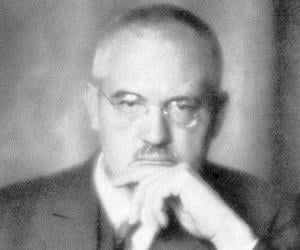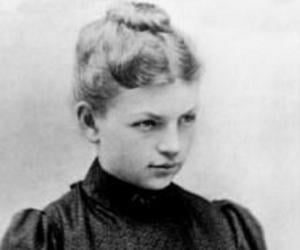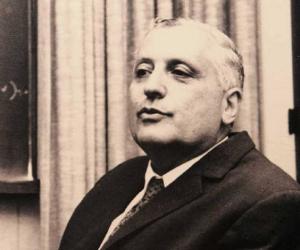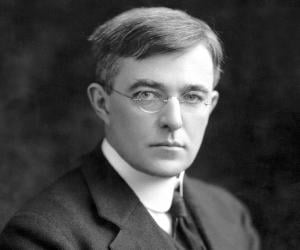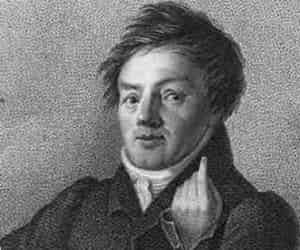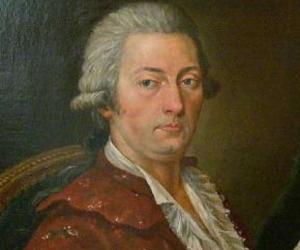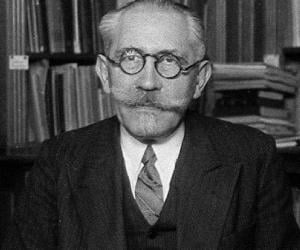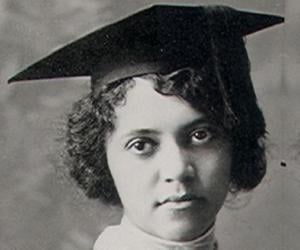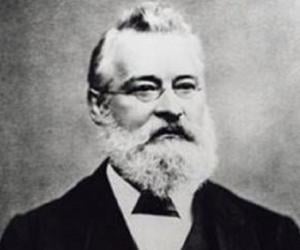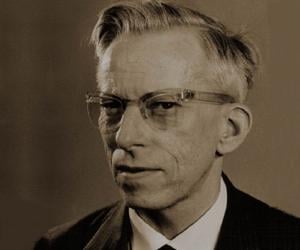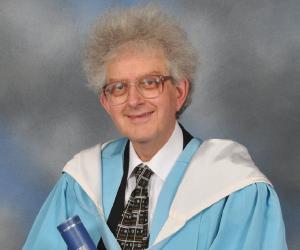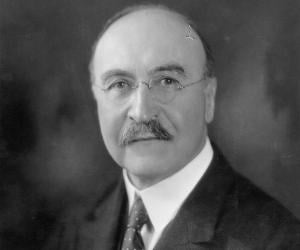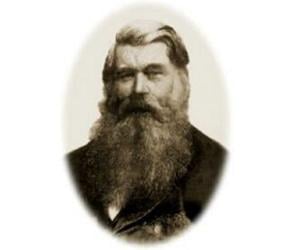Quick Facts
German Celebrities Born In September
Died At Age: 78
Family:
children: Wolfgang Ostwald
Atheists Chemists
Died on: April 4, 1932
place of death: Leipzig
City: Riga, Latvia
More Facts
education: University of Tartu
awards: Nobel Prize in Chemistry
Childhood & Early Life
Born to professional cooper Gottfried Ostwald and his wife Elisabeth Leuckel, on September 2, 1853, Wilhelm Ostwald was their second child. Wilhelm had two more brothers and the family stayed in Riga, the capital city of Latvia.
He completed his early studies from Riga and then attended the ‘University of Dorpat’ for his higher studies. After obtaining his bachelor’s degree in 1875, he successfully completed his master’s degree, the following year.
Ostwald then pursued his Ph. D. in chemistry and worked on his dissertation under the Russian chemist Carl Schmidt, receiving a doctoral degree in the year 1878.
Career
During 1875-1878, he studied the physical chemistry as he felt the area was neglected by the scientific community in Germany who were then focussed mostly on organic chemistry. He dedicated himself to study of the law of mass action of water and chemical affinity occurring in an acid-base reaction.
Wilhelm then accepted a teaching position in 1881 at the technical university ‘Riga Polytechnicum’.
During his tenure at Riga, he embarked on deducing scientific evidence to verify the dissociation theory, propounded by Svante Arrhenius, an eminent chemist from Sweden, in 1884. The same year his first book catering to general chemistry, entitled ‘Lehrbuch der Allegemeinen Chemie’ was written.
A pioneer of physical chemistry, in 1887, he founded a scientific journal for ‘Zeitschrift für physikalische Chemie’ (Journal of Physical Chemistry). He served as the editor of the journal for nearly twenty five years. The same year he moved to the ‘University of Leipzig’, as the head of the department of physical chemistry.
Continuing his work in electrolytic dissociation theory he succeeded in establishing the mathematical proof, which describes the relationship between degree of dissociation, concentration of acid and the equilibrium constant which is unique to each acid. The postulate was named Ostwald’s Law of Dilution, in 1888.
The book ‘Outline of general chemistry’ (‘Grundriss der Allgemeinen Chemie’) was first published in 1889 and became one of the most important textbooks in general chemistry. He also founded the series ‘Classics of exact sciences’ (Klassiker der exakten Wissenschaften) in the same year and more than 250 books have been printed under the series till date.
His third textbook of general chemistry titled ‘Handbook and manual for physiochemical measurements’ (Hand-und Hilfsbuch zur Ausfuhrung physikalisch-chemischer Messungen) was printed in 1893. The following year ‘German Electrochemical Society’ was established at the ‘Leipzig University’, where Wilhelm presided over the department of physical chemistry.
The term ‘Mole’, which is used as a standard unit of measurement of chemical substances, was first propounded by Ostwald in the year 1900.
Initially a non-believer of the atomic theory he later accepted it when Jean Perrin conducted studies on the Brownian motion. His views on ‘energetics’ as opposed to the ‘particulate nature of matter’ is explored in the journal ‘Annalen der naturophilosophie’, which he founded in 1902.
The process of manufacturing nitric acid was invented by this eminent chemist, in 1902. The ‘Bosch Haber Process’ for nitrogen fixation along with the ‘Ostwald Process’ revolutionized the manufacture of fertilizers and explosives, as they enabled mass-production.
In 1906, he would retire from his post at the university after serving for nearly two decades. The same year he was nominated to the scientific committee, which deals with evaluation of atomic weights, ‘International Committee on Atomic Weights’. His membership was terminated, after the WWI, as Ostwald was unable to communicate with the committee.
Towards the latter part of his career, he was devoted to the ‘colour theory’ and shapes. In this regard, between 1904-16, he penned many scientific papers which included ‘Malerbriefe’ (‘Letters to a Painter’) and ‘Die Farbenfibel’ (‘The Color Primer’).
He also contributed to social and educational reforms, and a crusader of the ‘Monism’ school of philosophy. The ‘Monistic Alliance’ named Wilhelm their President in the year 1911.
He was also an active participant of the ‘Ido movement’ and was a champion of eugenics, euthanasia, and ‘Social Darwinism’.
Major Works
Ostwald was responsible for numerous path-breaking discoveries in the field of chemistry but his work on chemical equilibria undoubtedly remains his most important contribution. He studied the basic principles regulating the equilibrium in a chemical reaction and derived the formulas for calculating rate of reactions which holds good till date.
Awards & Achievements
The erudite scientist who coined the term ‘Mole’ was honoured with t eh Nobel Prize for Chemistry in the year 1909 for his work on equilibrium of chemical reaction.
Personal Life & Legacy
Suffering from illness of the prostate and bladder, this eminent scientist breathed his last on April 4, 1932 and was interred in Leipzig. Later on his remains were moved to the Great Cemetery in the city of Riga.
See more:


